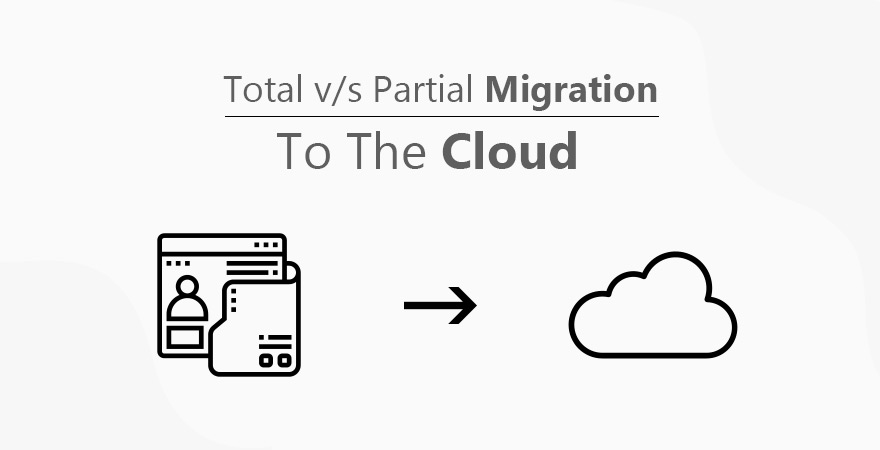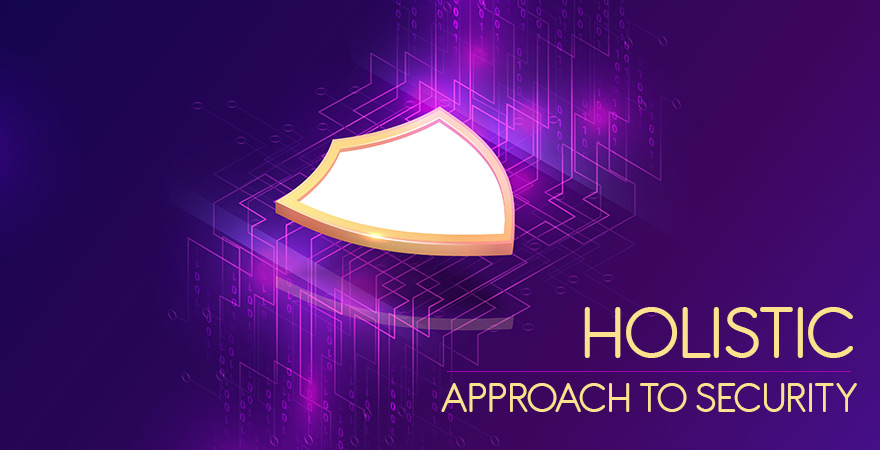Cloud Powered Solutions have really transformed how most organizations handle their workloads. The wide array of cloud based solutions available across the industry presents enticing opportunities for businesses that constantly strive for efficiency.
The ongoing trade war between two economic goliaths, America and China, coupled with concerns around a global economic slowdown are really affecting the demand side of the market. In such a time, businesses mainly survive by curtailing their expense side.

Also Read:
- Top 11 Guidelines for Cloud Security in 2020
- Cloud Security Breaches of 2019 and the Way Forward
- How to Achieve a Secure Cloud Going Into 2020
Nearly all Cloud Computing Solutions promise organizations both flexibility and cost related efficiencies. Then, there is added feature of instant scalability associated with the cloud, which enables organizations to match their expenses with revenue streams.
Pitfalls of Cloud Migration
While the cloud is an irrefutably advantageous proposition for an organization, the true and mid to long term benefits of migrating to the cloud will depend on a number of factors. Moving to the cloud should be considered more of a journey, rather than destination.
In the context of an entity’s exodus to the cloud, perhaps the biggest pitfall is its preoccupancy with the benefits of the cloud solution. This attitude detracts the organization from the all important aspect of planning the cloud migration.
The proverb “if you fail to plan, you are planning to fail” is fully applicable to the cloud. Most businesses that are in the migration phase tend to presume that all will be taken care of and the benefits of their newly found cloud will automatically start flowing.
Total v/s Partial Migration to the Cloud
A very defining aspect of the cloud migration is whether an entity is moving partially to the cloud or converting its entire data and operations. A full cloud migration is far less challenging as compared to a partial migration.

What really complicates a partial cloud migration is the segregation of data and workloads between on premise and the cloud. Once this challenge is overcome, the next major trial comes in the form of integrating data and workloads.
How to Balance Security and Productivity?
This can easily be deemed as a critical success factor in the entire cloud migration phase. Most organizations tend to presume that as they have engaged a Cloud Service Provider (CSP), security of the organizational data has solely become the domain of their CSP.
While this is partially true, this reckless approach can render the entire organizational data exposed to both internal and external threats. A fail safe cyber security is possible only with the joint ownership and steps of both the CSP and migrating entity.
In this post, we will try to highlight some key aspects of a cloud migration in the specific context of security, without compromising on organizational productivity.
Devise a Security Strategy
Most cloud migrations are accompanied by tight and at times, unrealistically harsh timelines. This is particularly the case if the migration in question is being executed in response to some regulatory compliance or competitor.
The foremost step in any cloud migration is to devise an elaborate security strategy at the organizational level. The most preliminary question to answer is whether the entity is going for an all out cloud architecture or a hybrid deployment.
Related:
- 10 Factors to Consider Before Migrating to the Hybrid Cloud
- Top 8 Hybrid Cloud Computing Expectations for 2020
In both the above migration scenarios, security will not be the sole domain of CSP. Instead, it will be the joint responsibility of the CSP and cloud tenant. The responsibilities and roles of both parties to the arrangement must be clearly laid out in the security strategy.
Proper documentation of the security policy and monitoring the same at each stage of the migration will be the cornerstone of a seamless migration. This will also assist in identifying any lapse on part of either the CSP or cloud tenant before it’s too late.
Inside Out Security Approach
A grave misperception about the security of organizational data, whether on premise or over the cloud, is that it needs protection only or mainly from external threats. This leaves a major loophole in the security outlook of most organizations.
Most organizations tend to overlook the threats emanating from within the organization. This threat to data security has two key dimensions. The first segment is that of rogue employees who will take a jab at an entity’s data as a retribution for some grievance.
The best defense to this security threat is to compartmentalize organizational data on the basis of respective roles or domains. Access to information and data should be restricted purely on a role basis so that even if there is a data breach, it remains contained.
Another aspect of internal threat is a general reckless approach of employees when it comes to accessing and handling sensitive data. Many recent data breaches were more a result of misconfigured hardware rather than an effort on the part of hackers.
Holistic Approach to Security
As today’s cyber miscreants and hackers improve their skillset and attack angles with every passing day, a casual approach to security is no more an option. The biggest pitfall of applying cyber security measures is that it’s done in bits and pieces.

This hit and trial approach may have worked back in the day but now, this is a recipe for disaster. Most stand-alone cyber security solutions fail to integrate with each other and end up leaving exploitable gaps in the system.
A befitting answer to this problem is to adopt a single, all encompassing suite of cyber security solutions that acts as a tightly integrated whole against viruses, malware, spyware and all other sorts of cyber threats.
A Security Centric Organizational Culture
In today’s age of ever present cyber threats, security has become more of a mindset rather than mere set of actions. A security centric approach that is adopted in true letter and spirit at all tiers of the organization will evolve into a robustly secure organization.
Every employee of the organization must firstly be made aware of the looming security threats and how to prevent accidental or negligent exposure to such threats. Once fully aware, employees should be monitored for adherence to best security practices.
Unless cyber security is woven into the fabric of an organization’s culture, security will remain a partially realized dream. Sustained dividends are possible only if a holistic approach to security is adopted.
Conclusion
Whether an organization moves to the cloud wholly or partially, it will have to realize that security is an internal as well as external issue. This end will be achieved only by the joint efforts of both the CSP and the entity that has transitioned to the cloud.


